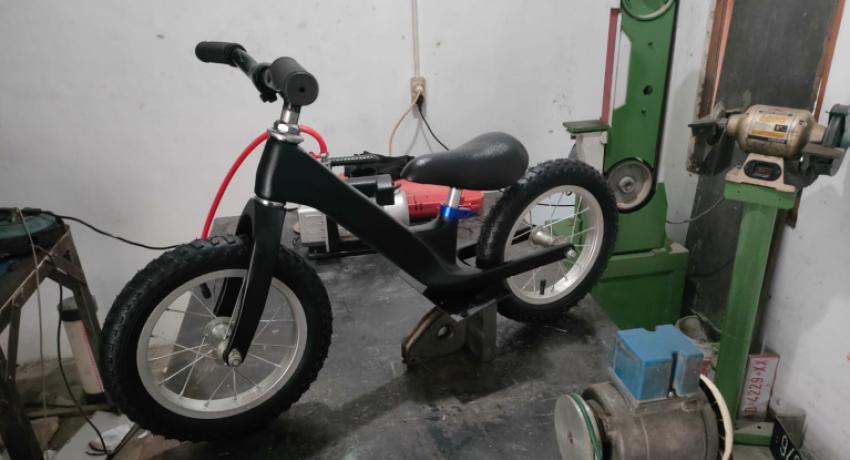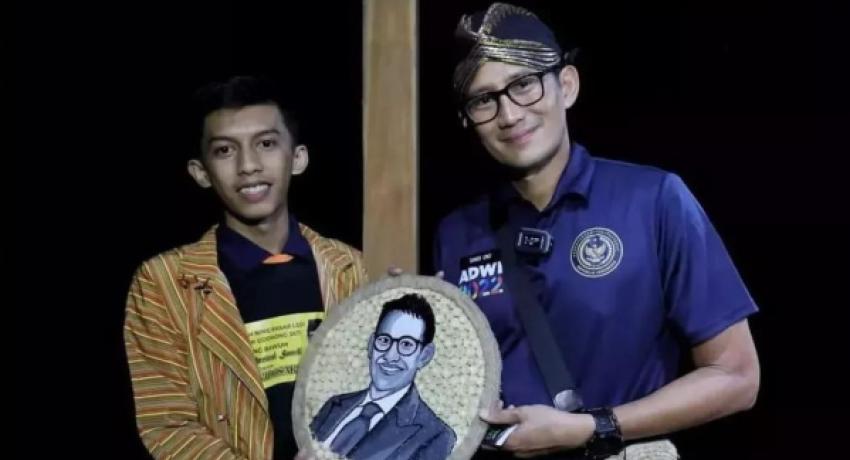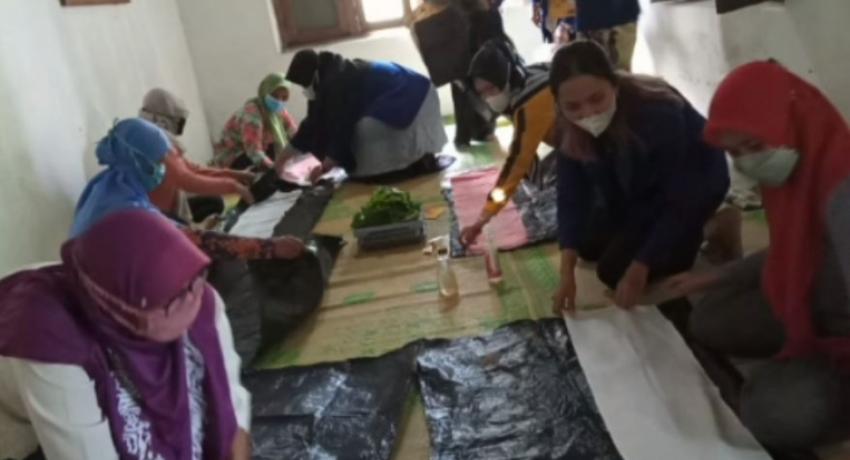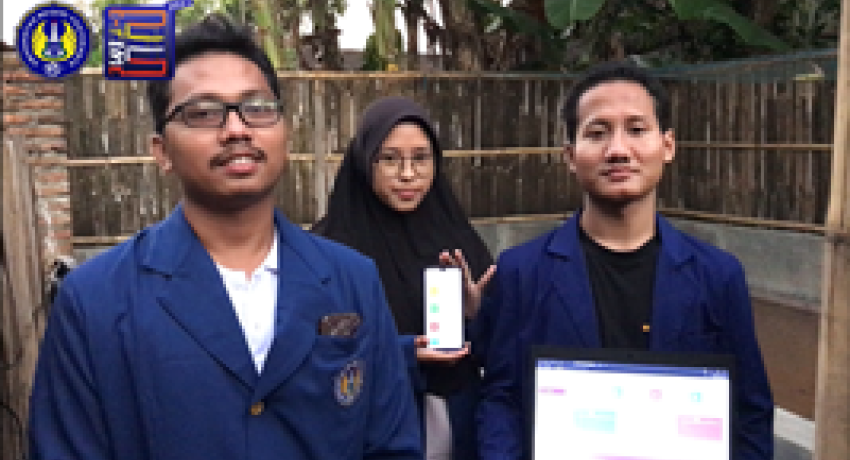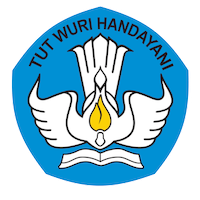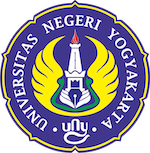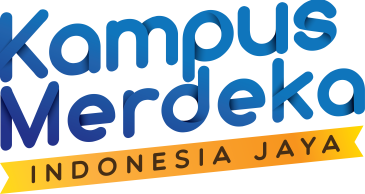Balance Bike from Hemp Fiber for Children to Learn Balance
Five Universitas Negeri Yogyakarta(UNY) students have developed an innovative balance bike made from jute fiber. The bike serves to train cycling balance for early childhood.
The five students who made the balance bike include Rokhmad Syarifuddin (Mechanical Engineering Education), Alvy Zalyaputra Hermawan (Manufacturing Engineering), Dani Nurdiansyah (Manufacturing Engineering), Priesca Rahmanita (Management) and Desinta Auliya Arsa (Management). During the development process, the student team received guidance from Dr. Mujiono from the Faculty of Engineering UNY.


